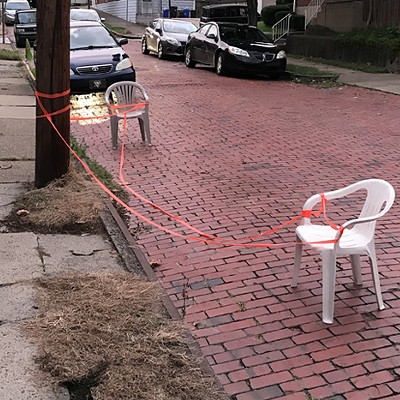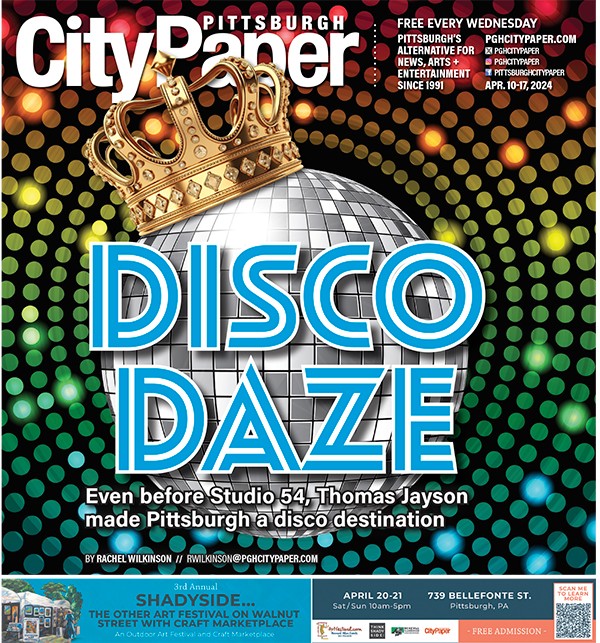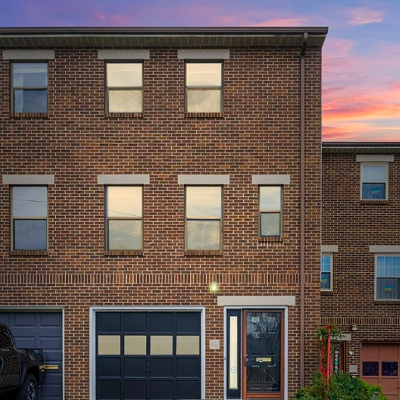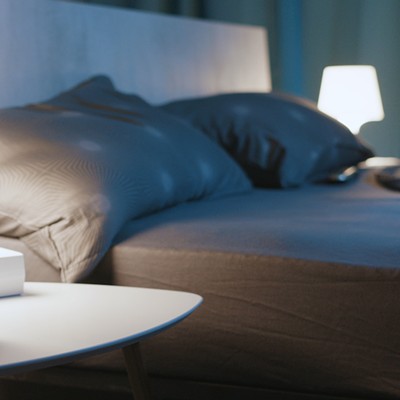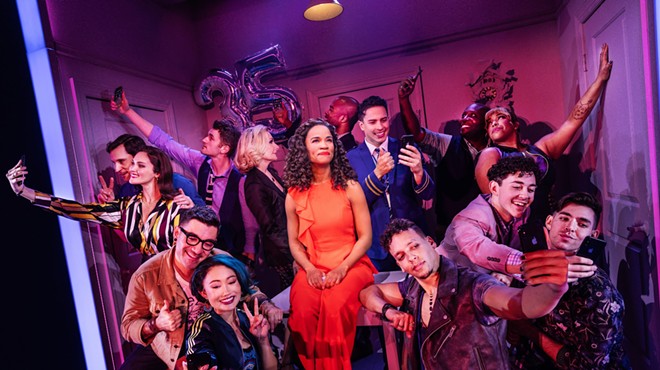Starting a small business, whether that means a restaurant, a boutique, or a specialty goods store, requires a lot of work. But what every good business has is an image, a brand, one that delves into all areas of your shop and marketing online.
For those just starting out, or for folks looking to rebrand, Pittsburgh City Paper is providing some basic tips on designing around your small business.
1. Don’t be afraid to use design software. Canva and VistaCreate are great online designing software, especially for beginners. You can easily get started using a template and then customize it from there. It will make your life so much easier than using Microsoft Word; your future self will thank you.
2. Make a mood board. You’ll inevitably need to make new graphics for your store or organization, so it’s important to keep a concise and cohesive image. A good mood board has a color palette, descriptive adjectives, patterns, and random objects that match the vibe/mood of your place of business.
3. Borrow, don’t copy. Borrowing ideas and inspiration is always good. Just be sure you aren’t recreating what you are inspired by. Personally, I’m tired of seeing the same look that every “trendy” boutique and small goods store has. Make sure that you find a look that is unique to you and your mission.
4. Legibility is key. I’ve seen too many sad restaurant menus that are barely legible to read because the fonts they use are too ornate. Choose a font for your shop name that is legible at a distance. Even better, hold it at a distance for someone else who doesn’t know the name of your store and see if they can read it.
5. Set limitations. It’s easy to get swept away with bright colors and funky typefaces, so limiting yourself can be a big improvement. A good starting place is to choose two-three colors and two typefaces. One font that shows your image and one that is simple. Not sure where to get started? Google Fonts has a wealth of free fonts for print and web use. Fontpair and fontjoy are great sites to find pairings.
6. Hierarchy. In design school, my professors always preached on having hierarchy within your design. This means that instead of everything being the same size or level, you want there to be a hierarchy of elements, with one piece of text or imagery to pull the reader in, which will keep them sticking around to read the smaller text or less important information. You can do this by making one element bigger, bolder, and more contrasted against the background, or a mix of those things. This way, a viewer can understand your graphic at a glimpse even if there is a lot of small information.
7. Embrace the void. White space is always a beautiful thing. Be sure to include white space and margins. This allows a viewer to have a space to focus on each element instead of being overwhelmed with information. This especially applies to restaurant menu design. It can be easy to get overwhelmed with choices so be sure to include some white space between items or around photos.
8. Or just hire a designer. Hey, it’s impossible to be good at everything, so why not hire someone who knows what they’re doing! Find someone at a local college, design agency, or someone on Instagram who makes the kinds of graphics you want to have, and ask them if they are interested in working with you.
Lucy Chen is Pittsburgh City Paper's editorial designer and a freelance illustrator






